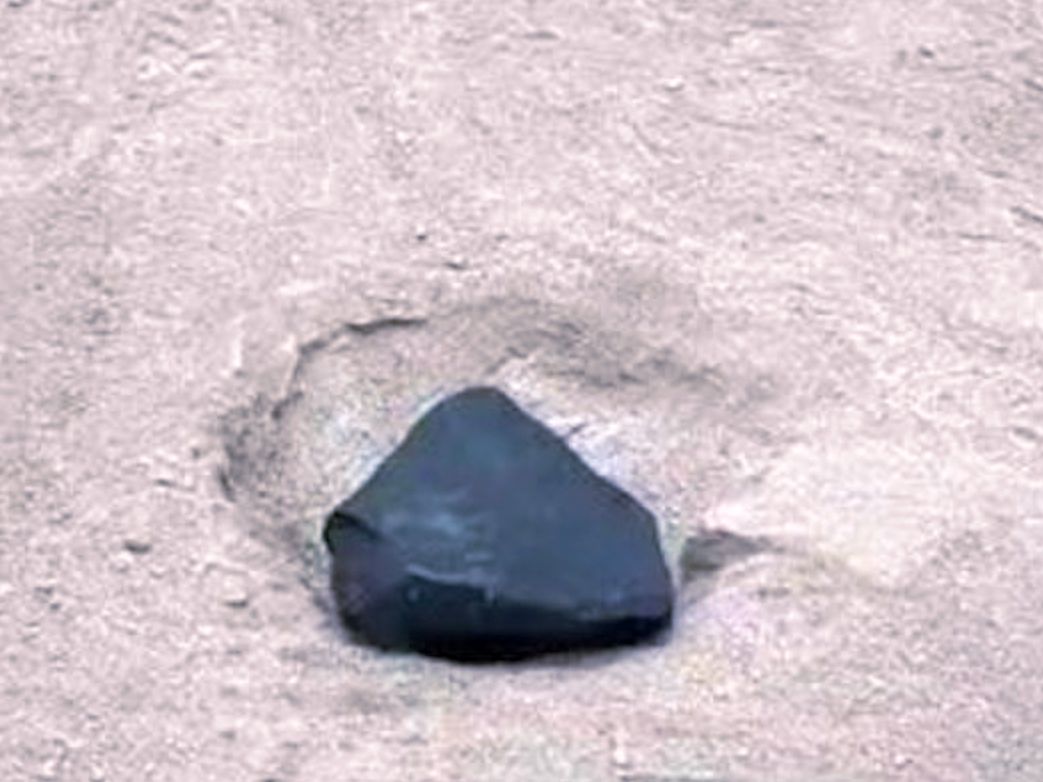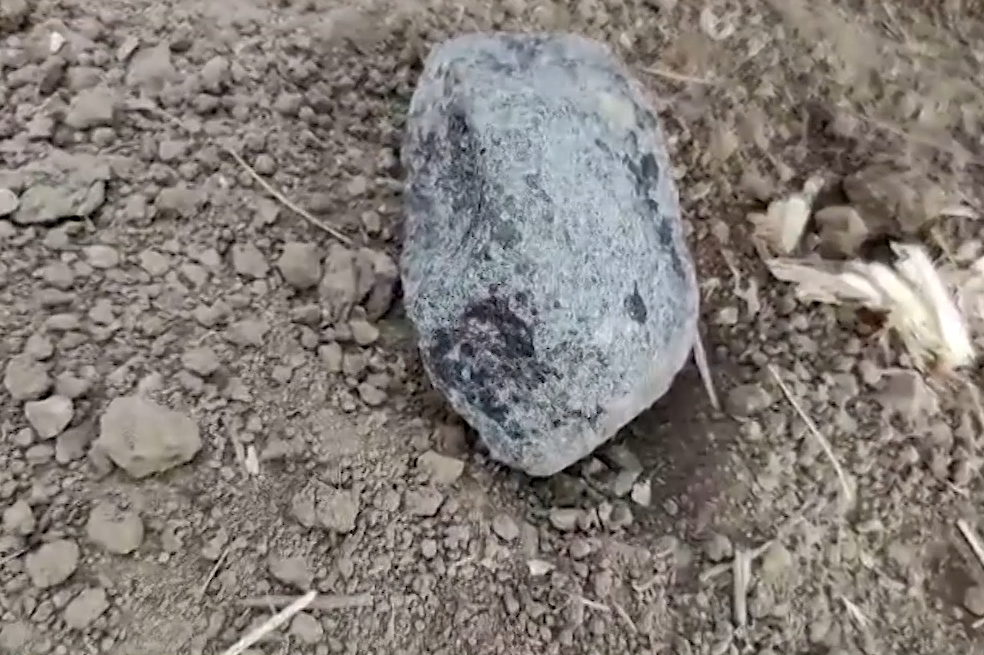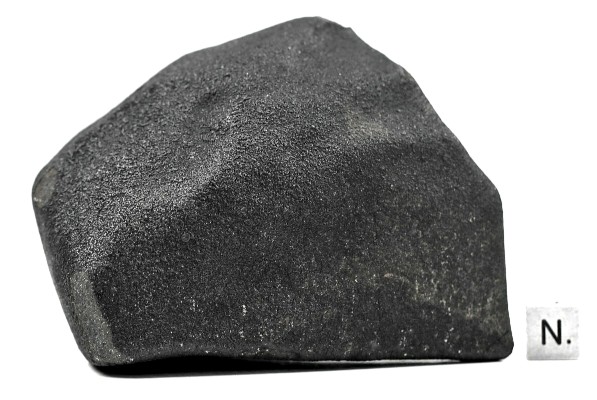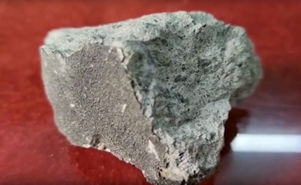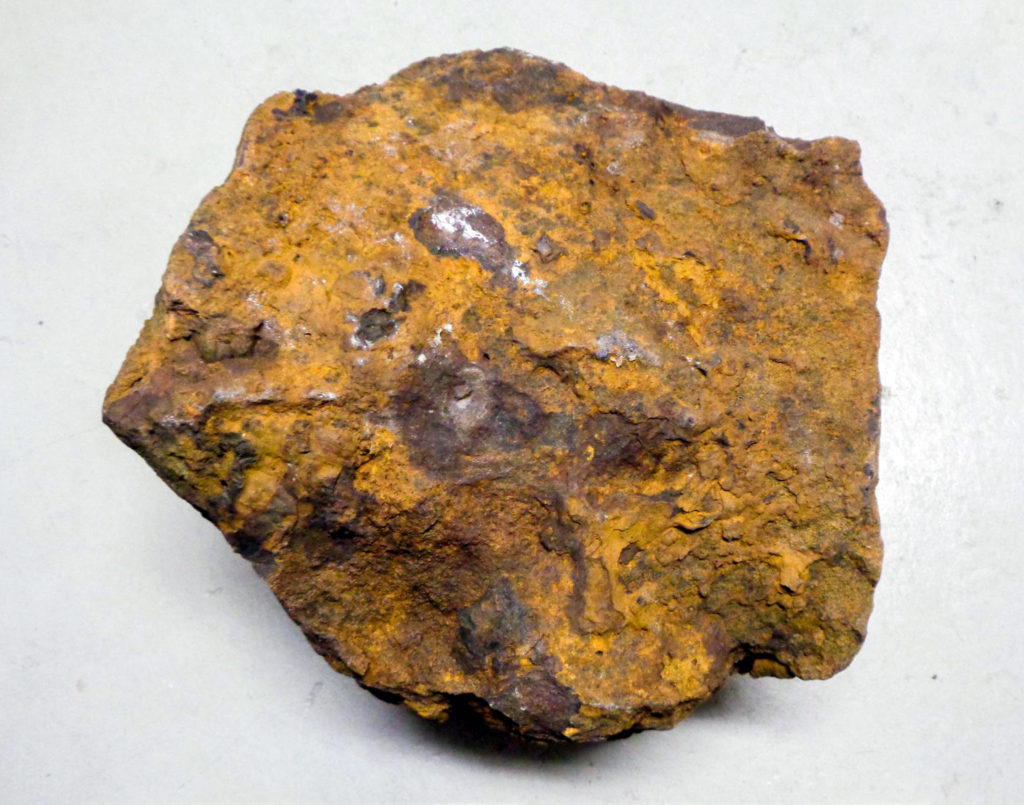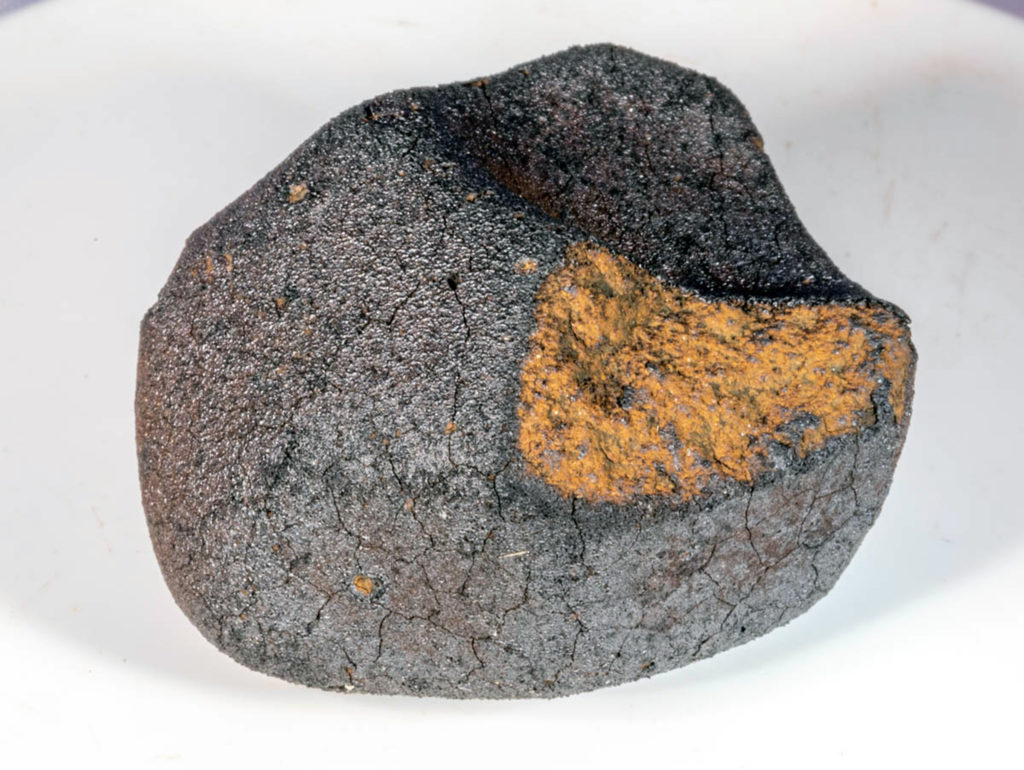The Murchison Meteorite Story
John Lovering describes his excitement at seeing the Murchison meteorite and its scientific significance.
Transcript:
This particular fragment is one of the pieces of the Murchison meteorite that fell in Victoria in 1969. And it’s the most exciting meteorite because it has very primitive chemistry; it existed, we believe, before the sun turned on as a star, and indeed before the solar system really aggregated into the planets we see now.
The Murchison meteorite fell over Victoria, near the town of Murchison in northern Victoria. And the exciting thing about it was that because it fell at daytime and close to where people were living and had made such a racket when it fell, because when they come through the atmosphere not only do you see the great fiery trail, but when they get close to the ground, they explode and you hear this great roar of the explosion and it sounds like an express train. So, people knew something had happened, and they all went out and started to collect it straight away, which was really great because it wasn’t contaminated by sitting on the earth for any length of time.
When I first saw the meteorite, I found it was in a plastic bag. And when it was opened up, suddenly this great organic chemistry smell hit me, just like methylated spirits: very, very strong! And I looked in and there was this black, it looked like a lump of coal, and I knew exactly what it was straight off, it was a carbonaceous chondrite, one of the most, well, the primitive, most primitive of all the meteorites. And there it was in its very, very pristine condition; it was very exciting.
Well I was Professor of Geology at Melbourne University at the time, and we got some of the samples and immediately we analysed it to make absolutely sure that is was indeed a carbonaceous chondrite. Later on people started to do work on the organic composition of the meteorite, in which there’s about, what, 2% organic material in the meteorite and about 10% water, it’s a lot of funny things that you don’t find normally in meteorites. And the exciting thing there has been the complexity of the organic compounds they found; many amino acids, hundreds of amino acids – the building blocks of life itself – are all present in this meteorite.
When the meteorite entered the Earth’s atmosphere, it broke up and fragments were moving through the atmosphere and they were still high enough up to ablate, well, as we say, melt on the surface themselves, so each little fragment in this case, is totally surrounded by molten material, which sealed in the organic compounds.
Life is a function of the complexities of a number of organic compounds, including amino acids, complex amino acids. We wouldn’t be alive without those. And the interesting thing of course is organic compounds in the meteorite, formed in outer space, contained similar sorts of these complex amino acids. Now how one joins the amino acids that are condensing in space as part of the whole condensation processes in the solar nebula, with life on earth, is the big unanswered question.

